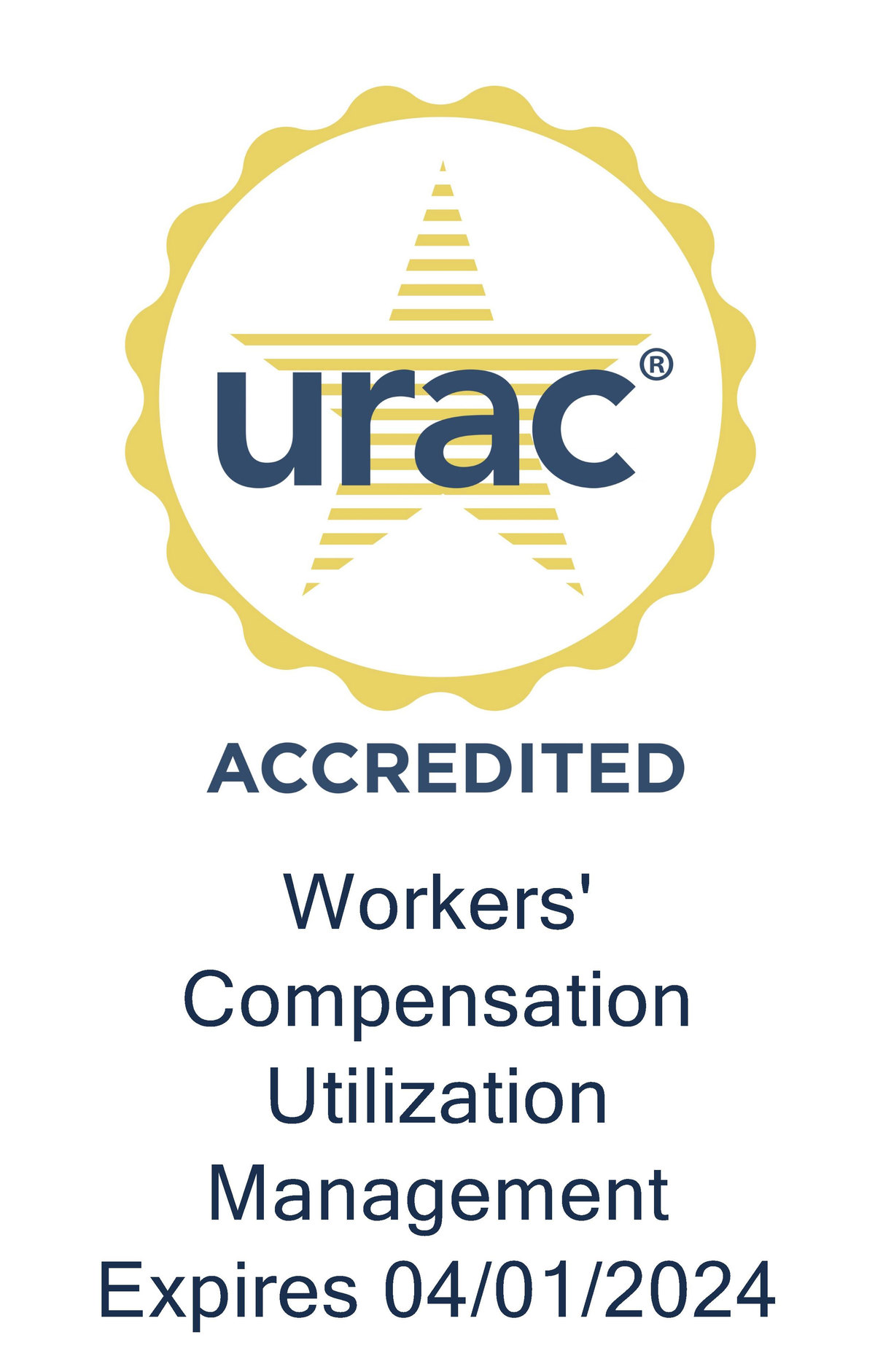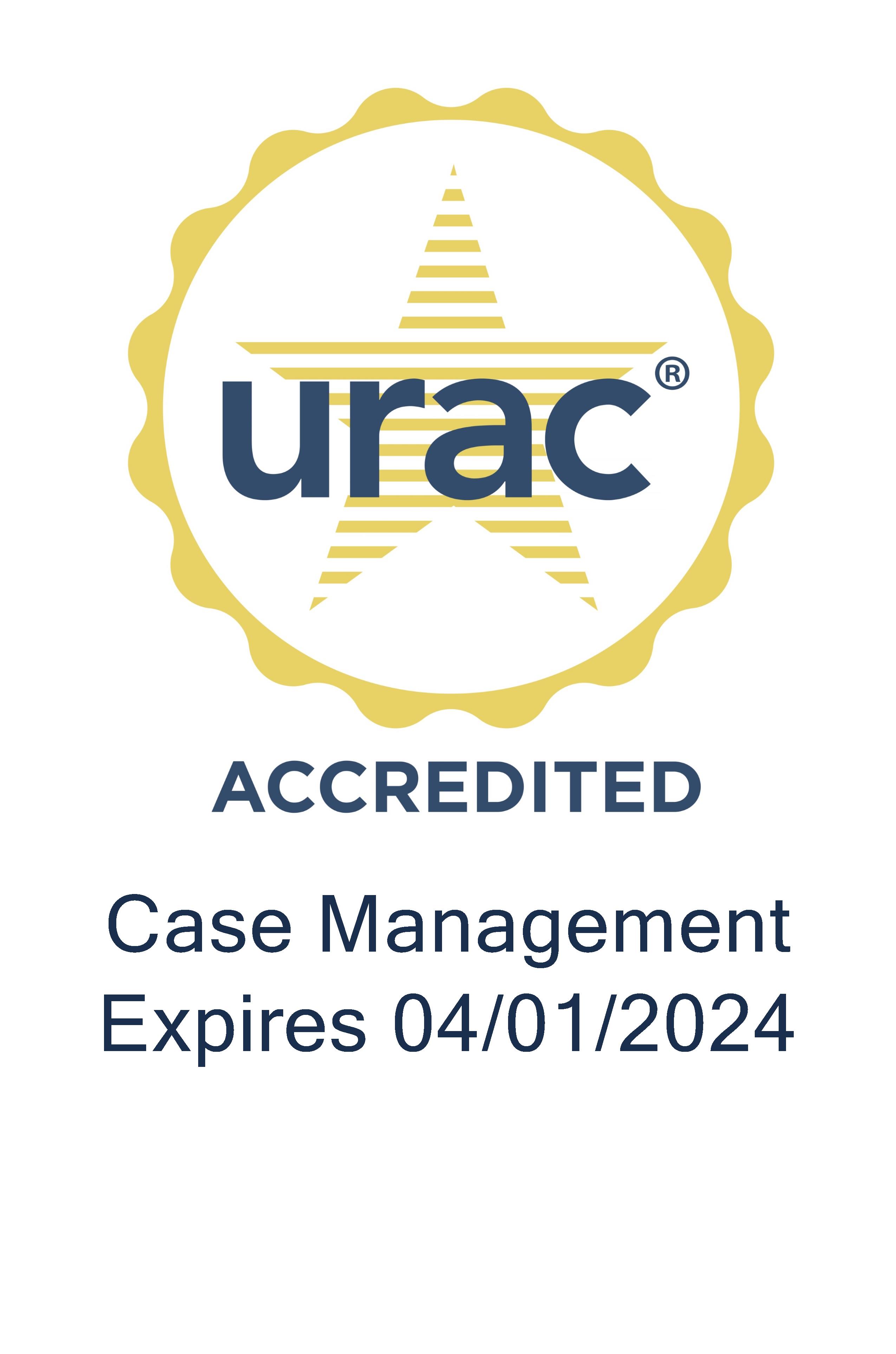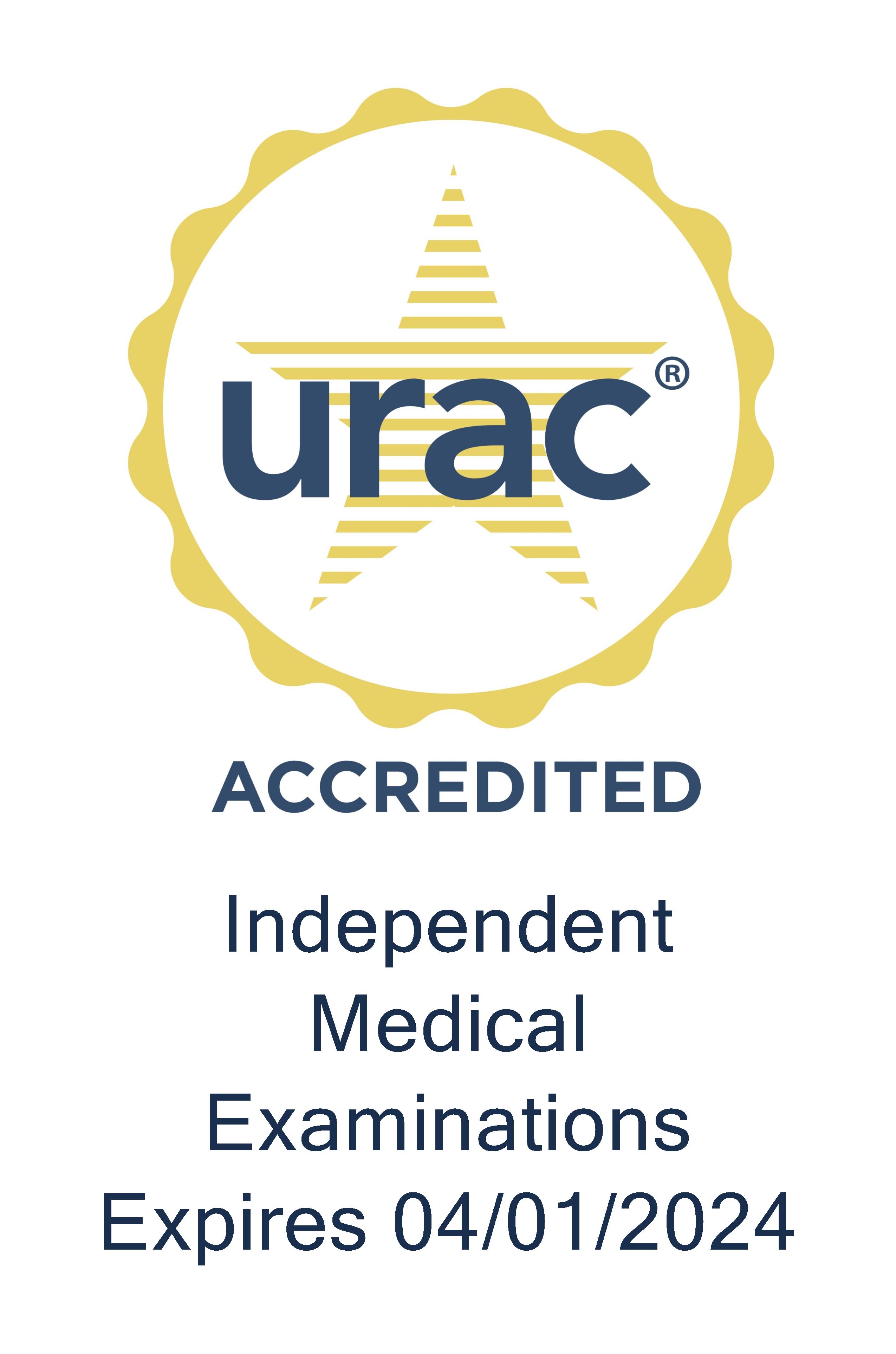By Chikita Mann, MSA, RN, CCM
Workers’ compensation has undergone paramount, yet subtle, changes within the past 20 years, particularly the changing demographics of the workforce. According to the Pew Research Center, nearly 62 percent of American adults aged 55-64 years were working in 2002. A decade later, that percentage rose to 64.5 percent (Drake, 2014). The National Council of Aging projects that by 2019, 25 percent of the entire U.S. workforce will be over the age of 55 (Facts About Older Workers, 2016).
Reasons for the aging workforce vary from economic (people working later in life due to lack of retirement benefits) to social. So, how does this trend impact workers’ compensation claim management?
For starters, claims professionals will need to become more informed about the unique challenges with coordinating care for the aging workforce. Aging causes changes in the muscular, circulatory, skeletal and digestive systems. Decreasing muscle fiber and flexibility contributes to bone regeneration, loss of muscle strength and prolonged muscle injury recovery (A Safety Tsunami: The Baby Booker Effect on Worker Compensation, 2013).
Knee osteoarthritis is a common comorbidity linked to aging, which can further complicate a work-related injury such a sprain, strain or fracture. Other chronic conditions such as diabetes, hypertension, arthritis and heart disease (Tidwell, 2014) can also impact an older worker’s performance. As we age, stomach lining changes increase the risk of developing peptic ulcer disease and decreased elasticity, which raises the risk of developing constipation (Ruiz, n.d.). These digestive issues may affect one’s ability to take commonly prescribed medications for workers’ compensation claims, such as ibuprofen and opioids. Age-related changes also affect the circulatory system, increasing risks of developing blood clots and decreasing cardiovascular performance which, in turn, could affect ability to perform jobs in the medium-to-heavy physical exertion range.
For the claims professional, these factors often equate to increased medical costs and prolonged recovery time which often results in higher indemnity costs and compensability challenges. This is why early case management utilization is critical with this population to effectively coordinate care. The case manager can do the following:
- Carefully review medical records for comorbidities and pre-existing conditions – two factors that can affect compensability determination.
- Perform medication reconciliation with the injured worker and physician as polypharmacy – multiple use of medically necessary drugs – is very common with the aging population (Maher, Hanlon, & Hajjar, 2013). Analgesics are used by greater than 30 percent of people aged 65 – 89. One half of all non-steroidal anti-inflammatory drug (NSAID) prescriptions are for people older than 60 (Drug Categories of Concern in the Elderly – Geriatrics., n.d.). Vigilance is needed to prevent adverse reactions with medications being taken for non-work-related conditions. Medication reconciliation can additionally assist with preventing aggravation of comorbidities. For instance, if the patient has documented hypertension or peptic ulcer disease, the case manager can discuss avoiding NSAIDS with the treating physician.
- Secure job descriptions from claims professionals and/or employers to understand the essential functions of the injured worker’s job. The case manager can then share this information with the treating health care provider and physical therapist so they, in turn, can also assist in appropriate and safe return to work. The case manager can also work with the employer to create temporary or modified job duties that accommodate restrictions given by the treating provider.
Providing effective care coordination for older injured workers requires workers’ comp professionals to understand the physical processes of aging and how they affect the worker’s ability to complete job duties and recover from injury in a timely manner. Genex case managers can assist in minimizing costs and coordination of RTW with the employer to achieve favorable overall outcomes.
Chikita Mann is a Genex branch supervisor and a commissioner with the Commission for Case Management Certification (CCMC).
Resources
A Safety Tsunami - Lockton Companies. (n.d.). Retrieved May 28, 2017, from https://tinyurl.com/ybwnjprm
Drake, B. (2014, January 07). Number of older Americans in the workforce is on the rise. Retrieved May 25, 2017, fromhttp://www.pewresearch.org/fact-tank/2014/01/07/number-of-older-americans-in-the-workforce-is-on-the-rise/
Drug Categories of Concern in the Elderly - Geriatrics. (n.d.). Retrieved May 28, 2017, fromhttp://www.merckmanuals.com/professional/geriatrics/drug-therapy-in-the-elderly/drug-categories-of-concern-in-the-elderly
Facts About Older Workers. (2016, December 20). Retrieved May 25, 2017, from https://www.ncoa.org/news/resources-for-reporters/get-the-facts/mature-workers-facts/
Maher, R. L., Hanlon, J., & Hajjar, E. R. (2013). Clinical consequences of polypharmacy in elderly. Expert Opinion on Drug Safety,13(1), 57-65. doi:10.1517/14740338.2013.827660
Ruiz, A. J., Jr . (n.d.). Effects of Aging on the Digestive System - Digestive Disorders. Retrieved May 28, 2017, fromhttps://www.merckmanuals.com/home/digestive-disorders/biology-of-the-digestive-system/effects-of-aging-on-the-digestive-system
Tidwell, H., BSN RN CCM. (2014, December 1). The Impact of the Aging Workforce. Retrieved May 30, 2017, fromhttp://www.cmsatoday.com/2014/12/01/the-impact-of-the-aging-workforce






